BRINGING BACK THAT LOVING FEELING . . . ABOUT BOOKS! |
Details
AuthorRW Hague is a registered nurse with over eight years of experience within the medical field. Using her medical expertise, she writes stories that are gritty and compelling. Archives
November 2023
|

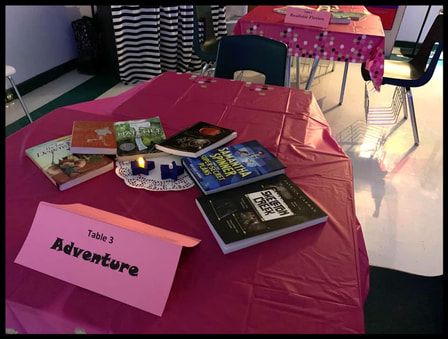
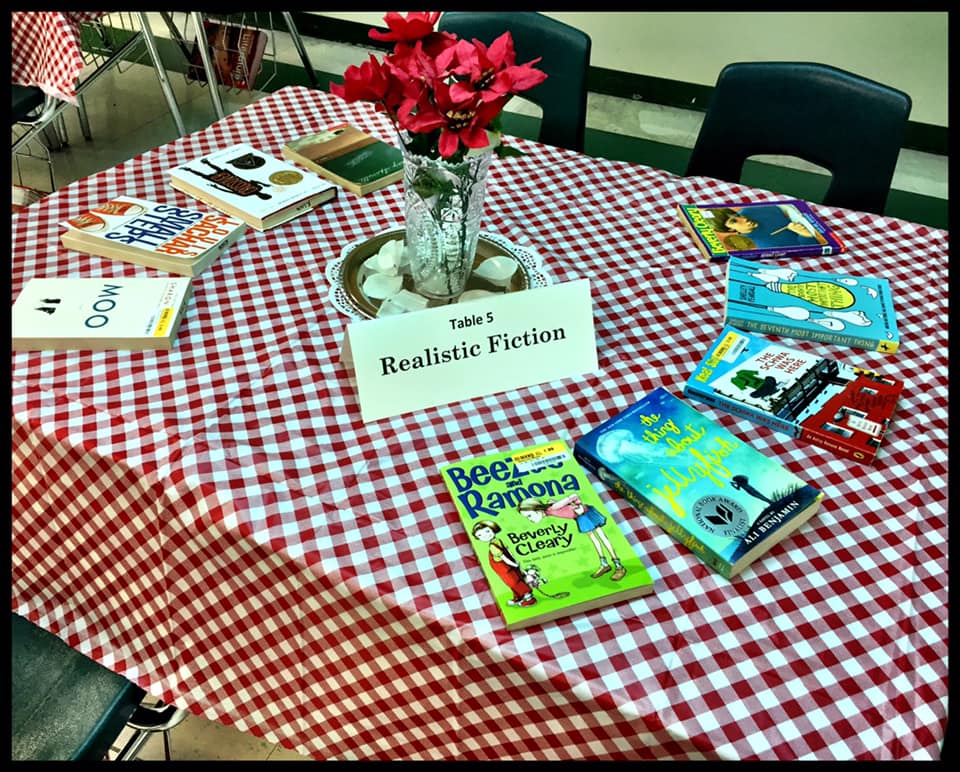
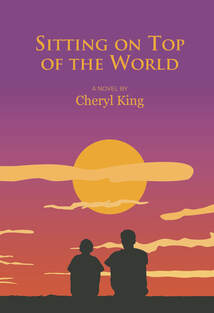
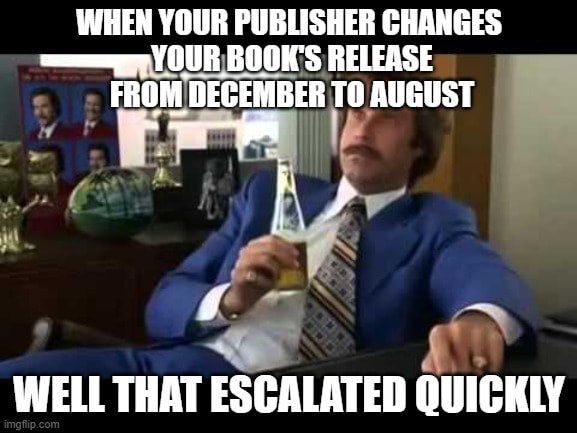
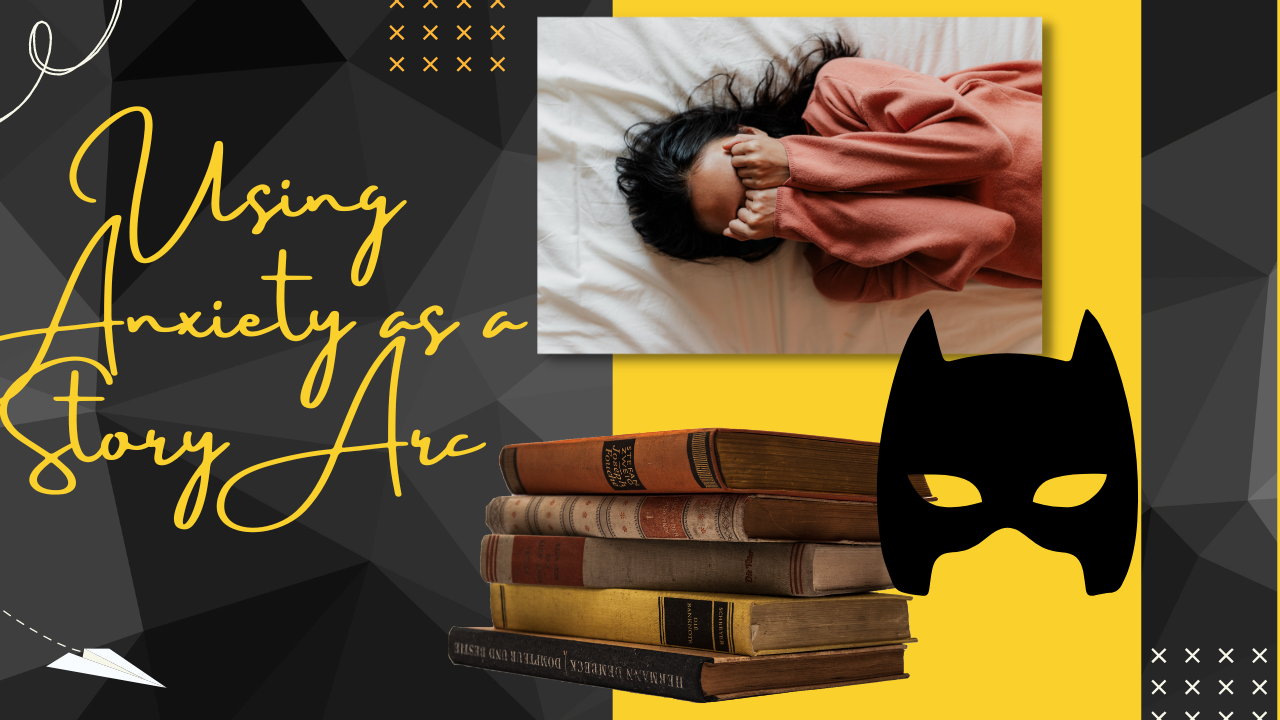

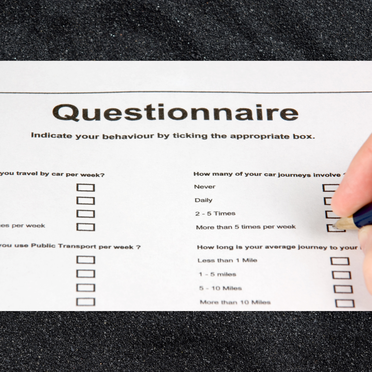
 RSS Feed
RSS Feed